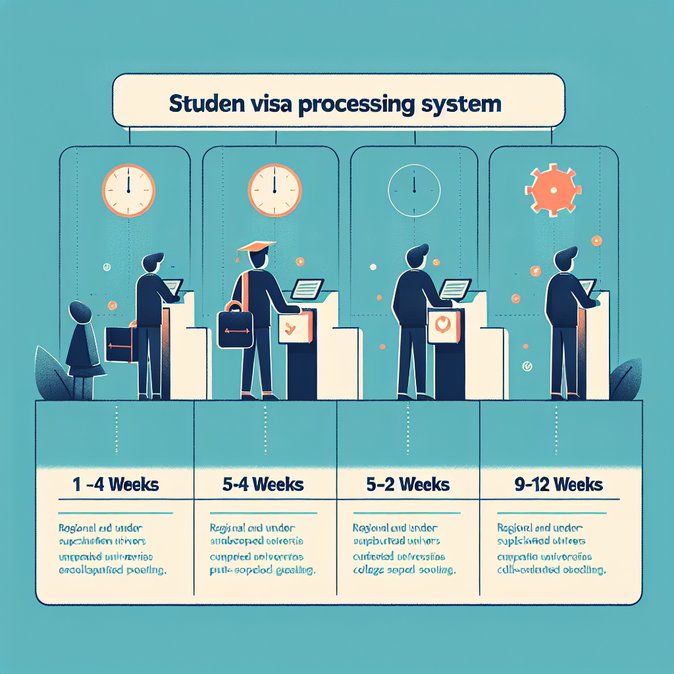
Specialist visa consultancy VisaHQ has confirmed operational details of Ministerial Direction 115, describing it as “the biggest change to student-visa triage since pandemic travel curbs”. Under the directive, case officers will channel Subclass 500 files into fast, standard or slow tracks based on how closely each university, college or VET provider sticks to its 2026 enrolment quota.
The reform follows a year in which the previous directive (MD 111) helped cut offshore student-visa lodgements by more than a quarter, alleviating rental-market pressure in capital cities but sparking revenue concerns at some campuses. MD 115 adds extra teeth by introducing a distinct slow lane for providers exceeding 115 percent of their allocation and by tying priority status to English-language pass-rates and fraud indicators.
![Three-lane visa ‘traffic system’ set to reshape Australia’s A$37 billion education export]()
Julian Hill, Assistant Minister for International Education, said the approach is designed to “strengthen and balance” the distribution of the nearly 650,000 international students who contribute A$37 billion to the Australian economy each year. Sector leaders believe regional universities—many of which sit well below 80 percent of their caps—will be the biggest winners, potentially cutting visa waits to under a month and boosting semester-one intakes.
Corporate mobility teams should note that visa-processing times will now vary sharply by education partner. Graduate-program recruiters may wish to favour Priority-1 institutions to avoid onboarding delays, while assignees enrolling children at Priority-3 private colleges could face start-date slippage of two to three months.
VisaHQ advises providers to audit current Confirmation of Enrolment (CoE) issuance rates and, where necessary, throttle marketing in high-risk source countries to avoid being pushed into the slow lane. Failure to stay within quota could also jeopardise future allocations under the National Planning Level for 2027.
The reform follows a year in which the previous directive (MD 111) helped cut offshore student-visa lodgements by more than a quarter, alleviating rental-market pressure in capital cities but sparking revenue concerns at some campuses. MD 115 adds extra teeth by introducing a distinct slow lane for providers exceeding 115 percent of their allocation and by tying priority status to English-language pass-rates and fraud indicators.

Julian Hill, Assistant Minister for International Education, said the approach is designed to “strengthen and balance” the distribution of the nearly 650,000 international students who contribute A$37 billion to the Australian economy each year. Sector leaders believe regional universities—many of which sit well below 80 percent of their caps—will be the biggest winners, potentially cutting visa waits to under a month and boosting semester-one intakes.
Corporate mobility teams should note that visa-processing times will now vary sharply by education partner. Graduate-program recruiters may wish to favour Priority-1 institutions to avoid onboarding delays, while assignees enrolling children at Priority-3 private colleges could face start-date slippage of two to three months.
VisaHQ advises providers to audit current Confirmation of Enrolment (CoE) issuance rates and, where necessary, throttle marketing in high-risk source countries to avoid being pushed into the slow lane. Failure to stay within quota could also jeopardise future allocations under the National Planning Level for 2027.






